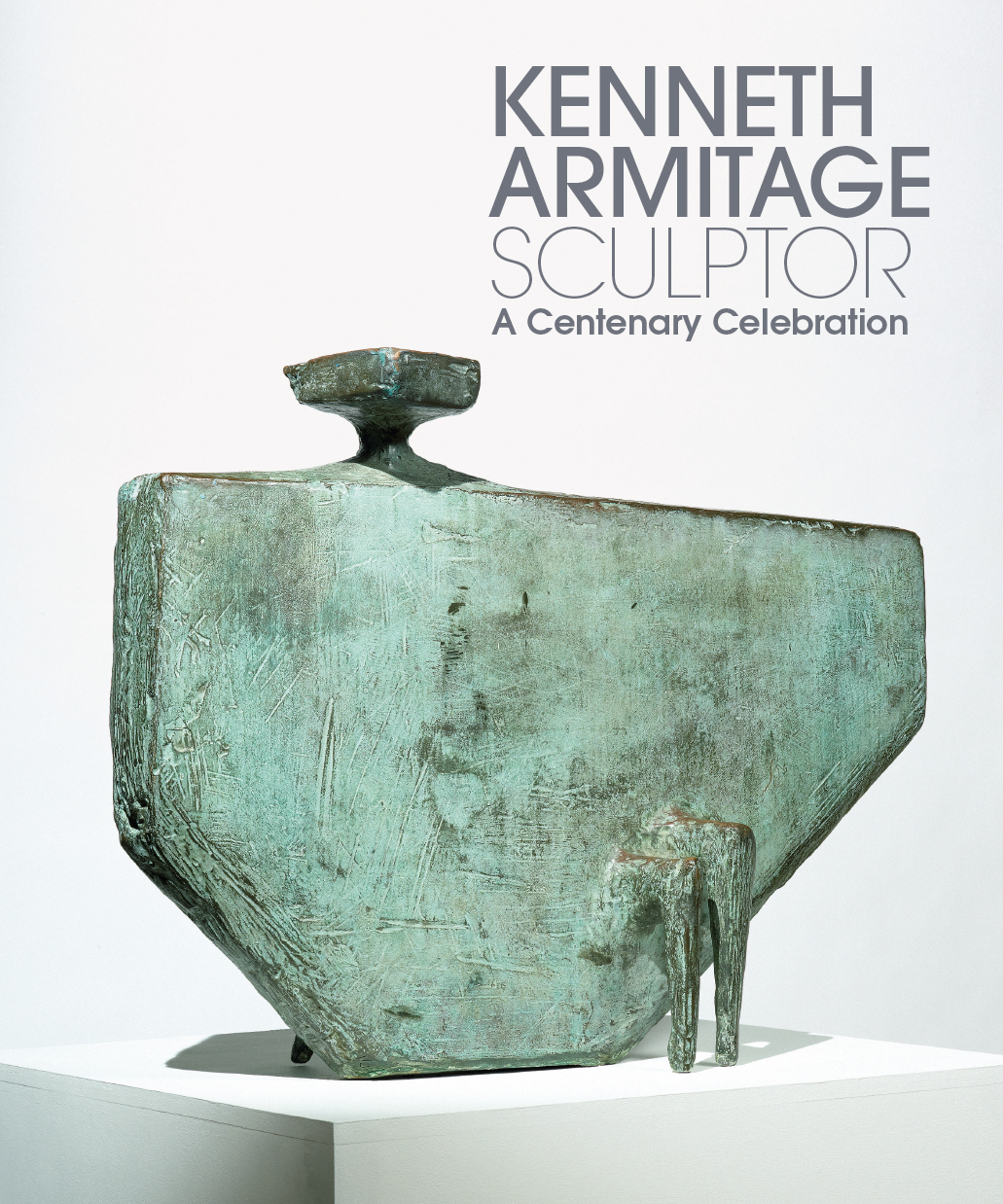The National Gallery of Art presents Masterpieces of American Furniture from the Kaufman Collection, 1700–1830. When this installation opens on October 7, 2012, on the Ground Floor of the West Building, National Gallery of Art, it will be a landmark moment for the nation’s capital, which until this time has had no major presentation of early American furniture and related decorative arts on continual public view. The installation follows the promised gift in October 2010 of one of the largest and most refined collections of early American furniture in private hands, acquired with great connoisseurship over five decades by George M. (1932–2001) and Linda H. Kaufman (b. 1938).
The Kaufman Collection comprises more than 200 works of art, including American furniture, major Dutch paintings, American paintings, and works on paper, among them some 40 floral watercolors by Pierre-Joseph Redouté (1759–1840). Many of these objects were featured in 1986–1987 when the Gallery first exhibited American Furniture from the Kaufman Collection. The upcoming installation will highlight more than 100 of the finest examples of early American furniture and decorative arts, shown with a selection of American, European, and Chinese porcelains and a number of choice Redouté watercolors—all from the Kaufman Collection. Paintings by American artists from the Gallery’s collection will also be integrated into the presentation.
Natives of Norfolk, Virginia, the Kaufmans began collecting when they married in the late 1950s, acquiring a few early pieces of furniture for their apartment in Charlottesville. Influenced by Linda’s parents, Elise and Henry Clay Hofheimer II, who collected art and antiques, the young couple recognized the aesthetic as well as the enduring quality and historic importance of fine American furniture. They shaped their passion for the finest productions of artisans working in the major colonial and post-revolutionary urban centers through visits to the impressive collections of Winterthur Museum, the Metropolitan Museum of Art, and Yale University’s Garvan Collection. Their collection includes numerous examples of the most creative and costly furniture available in 18th- and early 19th-century America. The original owners as well as the makers of many of these objects are known.
A monumental mahogany desk and bookcase (1765–1770), one of the most important examples of 18th-century Philadelphia furniture, will greet visitors as they enter the first gallery, introducing the magnificent architectural quality of great American furniture. The second room highlights the rococo, or Chippendale style, popular in America between about 1745 and 1780. The next room introduces the dramatic change in style that occurred soon after the American Revolution. Termed the Federal period, it is characterized by light and linear shapes, new forms like sideboards and large dining tables, and shimmering veneers and inlays instead of carved rococo foliate ornament. The final room celebrates the later classical style popularized by Napoleon Bonaparte. Ancient Greek and Roman influences with strong archeological references may be seen in objects made between about 1810 and 1830.
This unparalleled gift dramatically amplifies the great American achievements in painting and sculpture long represented at the Gallery, while also transforming the collection of decorative arts by augmenting its fine holdings of European decorative arts with equally important American examples.



 Saving...
Saving...
1 Comment
Add YoursMuseum Early American…
[…] ban centers through visits to the impressive collections of Winterthur Museum, t […]…